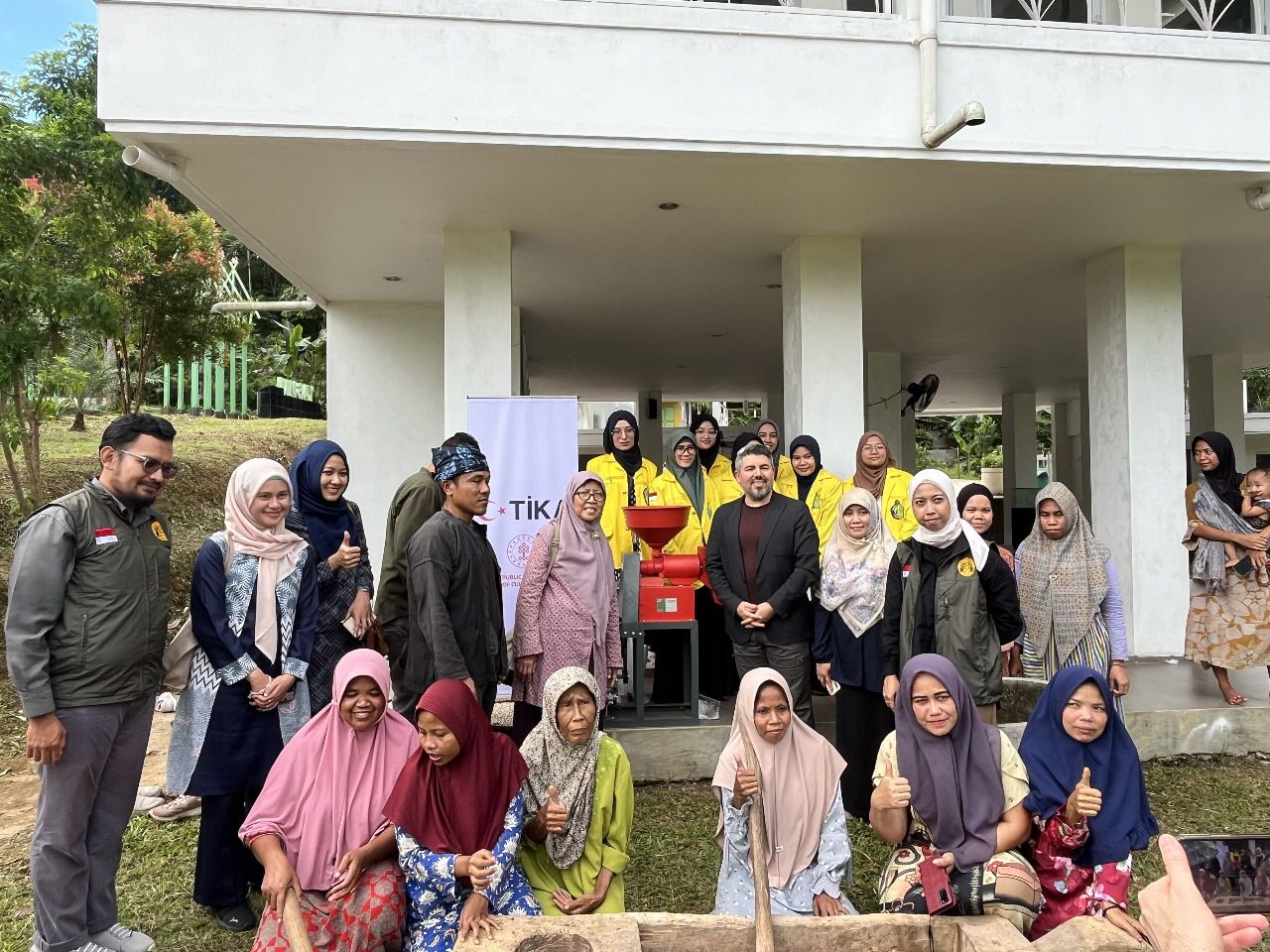Eid al-Adha was celebrated on Dzulhijjah 10th, with a series of Eid prayers and followed by the slaughter of sacrificial animals-which in Arabic is called Udhiyyah. Professor of the Faculty of Humanities Universitas Indonesia (UI), Prof. Muhammad Luthfi, Ph.D, reviewed the meaning and virtues of the Eid al-Adha celebration for Muslims in Indonesia. According to him, it is called Eid al-Adha because the sacrifice is done after the Eid prayer and coincides with Dhuha time, when the sun begins to rise from the east.
For Muslims, Eid al-Adha is a reminder to remember the sincerity of Prophet Ibrahim in carrying out the commands of Allah (God). This surrender to the Creator without the slightest doubt was exemplified by Prophet Ibrahim when Allah SWT ordered him to slaughter his son, Ismail (Quran 37: 102), which was eventually replaced with a large sheep in response to the passing of the test of Prophet Ibrahim’s obedience and faith.
The example was then carried out by the Prophet Muhammad and followed by all his people. The Prophet once slaughtered two large goats with his own hands while saying, “In the name of Allah the Great, this sacrifice is for me and for my people who do not sacrifice,” (Hadits Tirmidzi no. 1521). Today, Muslims flock to slaughter sacrifices on Eid al-Adha as a form of obedience to Allah and following the Prophet’s sunnah.
According to Prof. Luthfi, slaughtering qurbani on Eid al-Adha has many purposes. Eid al-Adha is also a momentum to celebrate with other Muslims and share with the underprivileged. “We learn how Islam encourages its followers to take concrete actions to improve welfare and reduce social inequality,” he said.
Arab tradition calls Eid al-Adha Eid Kubra (the big holiday), while Eid al-Fitr is called Eid Shughra (the small holiday). Eid al-Adha celebrations are more festive than Eid al-Fitr because it coincides with the Hajj pilgrimage. Hajj rituals are performed in Makkah and its surroundings, so millions of people come to Makkah to perform hajj and visit the burial chamber of the Prophet Muhammad in Madinah. In the series of hajj, Muslims are invited to live and actualize the essence of the example of Prophet Ibrahim in maintaining his principles and obedience to Allah.
Unlike in Arab countries, Eid al-Adha celebrations in Indonesia are not as festive as Eid al-Fitr. However, many traditions are carried out by Indonesian people during Eid al-Adha celebration, including the Manten Sapi tradition, Gamelan Sekaten, Apitan tradition, and Gerebeg Gunungan. In the Manten Sapi tradition from Pasuruan, the cow that will be slaughtered is paraded first. The cow is dressed up with seven flowers and wrapped in a shroud, turban, and prayer mat.
Meanwhile, in the Gamelan Sekaten tradition in the Sultanate of Kasepuhan Cirebon, the gamelan is sounded as a form of gratitude to Allah. In the Apitan tradition from Semarang, agricultural and livestock products are paraded and then distributed to the community for free; while in Gerebeg Gunungan from Yogyakarta, gunungan containing food and agricultural products are paraded from the palace to the courtyard of the Great Mosque, then contested by the people present.



